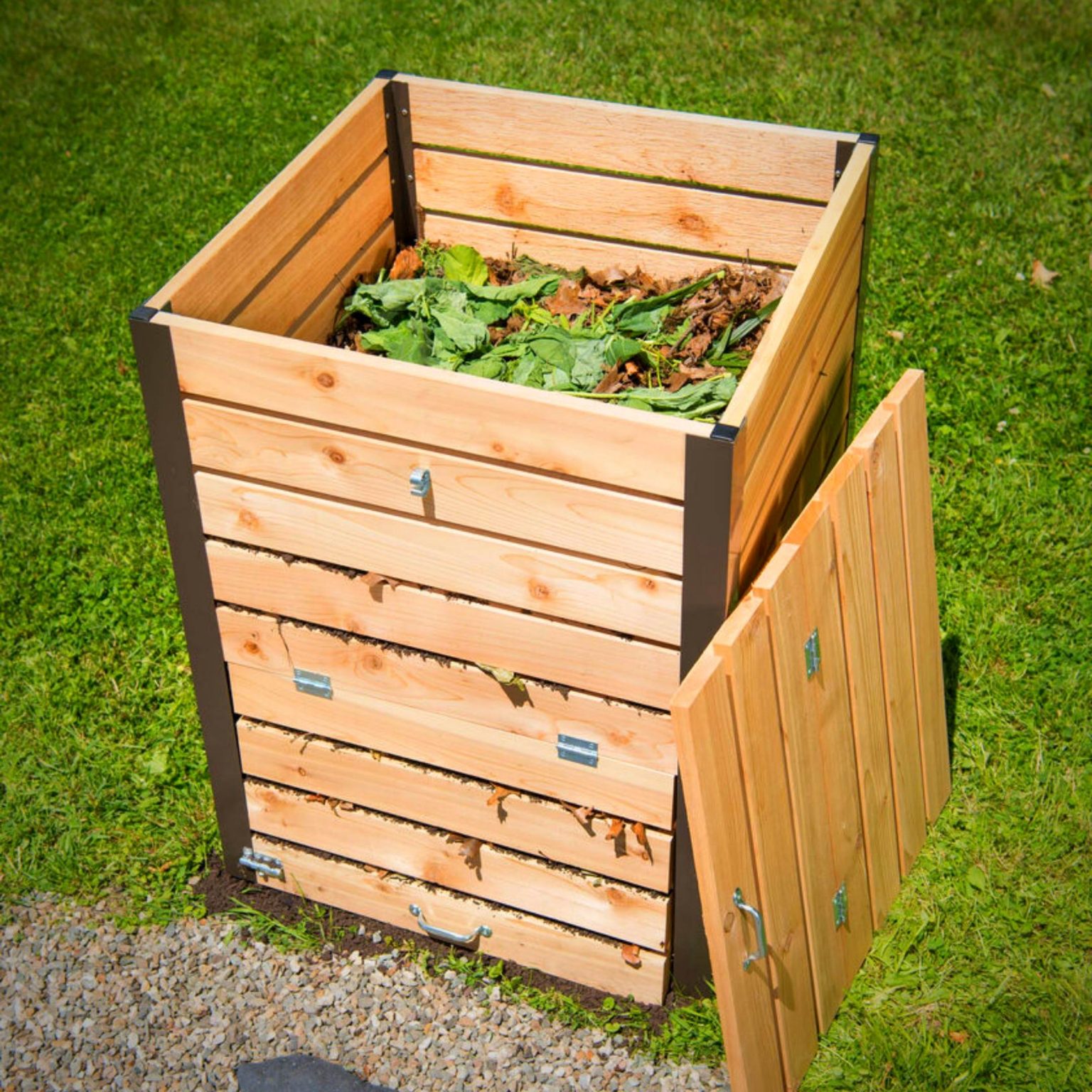
Compost Bin Designs You Can Build Yourself
Composting is a fantastic way to reduce waste, enrich your garden soil, and create a closed-loop system for your yard. Building your own compost bin allows you to customize it to fit your needs and space, while also providing a rewarding DIY project. This article will guide you through several popular compost bin designs, each with its unique advantages and considerations.
Choosing the Right Compost Bin Design
Before diving into specific designs, it's important to consider factors that will influence your choice:
- Space Availability: How much space do you have in your yard? Some designs are more compact than others.
- Material Availability: Are you looking for a simple, low-cost option or are you willing to invest in more durable materials?
- Aesthetics: Do you want your compost bin to blend in or be a statement piece?
- Accessibility: Will you need to easily turn the compost, or are you comfortable with a more static design?
Popular Compost Bin Designs
1. Three-Bin Compost System
This design is excellent for experienced composters who prefer a controlled and efficient system. It consists of three bins:
- Bin 1: For adding fresh kitchen scraps and yard waste.
- Bin 2: For composting the materials in Bin 1, which are partially broken down.
- Bin 3: For finished compost, ready to be used in your garden.
Advantages:
- Allows for consistent composting by rotating materials between bins.
- Provides distinct stages for monitoring decomposition.
- Produces higher quality compost due to controlled aeration and moisture.
Disadvantages:
- Requires more space compared to other designs.
- Can be more expensive to build due to the multiple bins required.
2. Three-Bin Rotating Compost Bin
This design takes the three-bin system a step further by incorporating a rotating mechanism. The three bins are mounted on a central axis, allowing you to easily turn the entire unit, effectively aerating the compost.
Advantages:
- Reduces the need for manual turning of the compost.
- Provides even aeration and moisture distribution.
- Suitable for composting larger volumes of material.
Disadvantages:
- More complex construction, requiring more time and effort.
- Can be heavier and more difficult to move.
3. Tumbler Compost Bin
A tumbler compost bin is a cylindrical container with a rotating mechanism. It is a compact and efficient option for smaller spaces.
Advantages:
- Easy to use and turn, requiring minimal effort.
- Provides excellent aeration and moisture retention.
- Can be easily moved around the yard.
Disadvantages:
- Can be more expensive than other designs.
- Limited capacity for larger composting needs.
4. Pallet Compost Bin
Using recycled wooden pallets, this design is a budget-friendly and eco-friendly option. You can create a single bin or a multi-bin system.
Advantages:
- Extremely affordable using readily available materials.
- Easy to assemble with simple tools.
- Can be customized to suit your space.
Disadvantages:
- May require additional bracing for stability.
- Pallets may contain treated wood, which can be harmful to plants.
5. DIY Compost Bin from Scrap Materials
Get creative with found materials like old barrels, plastic tubs, or even stacked bricks to create a unique and functional compost bin.
Advantages:
- Minimizes waste by repurposing existing materials.
- Allows for a unique and personalized design.
- Highly adaptable to different spaces and budgets.
Disadvantages:
- May require more planning and effort to ensure stability and functionality.
- Materials may not be as durable as purpose-built bins.
Building Your Compost Bin
Once you've chosen a design, the building process involves several key steps:
- Gather Materials: Determine the type of wood or other materials you need based on your design.
- Cut and Prepare Materials: Measure and cut materials to the correct size and shape. Pre-drill holes to prevent wood splitting.
- Assemble the Frame: Join the pieces together using screws, nails, or other fasteners.
- Add Additional Features: This could include handles, latches, ventilation openings, or a turning mechanism depending on your design.
- Finish and Protect: Apply a sealant or paint to protect the wood from moisture and weather damage.
Composting Tips
Once your compost bin is built, follow these tips for successful composting:
- Balance Your Ingredients: Use a mixture of brown (carbon-rich) materials like leaves, shredded paper, and straw, and green (nitrogen-rich) materials like kitchen scraps, grass clippings, and coffee grounds.
- Maintain Moisture: Keep the compost moist, but not soggy. Water it regularly, especially in dry weather.
- Turn Regularly: Turning the compost aerates it and helps speed up the decomposition process.
- Monitor Temperature: The ideal temperature for composting is between 130-160°F. If the temperature is too low, add more green materials. If it's too high, add more brown materials or water.
- Be Patient: Composting takes time. Depending on the method and conditions, it can take anywhere from 2-6 months for compost to fully break down.
Conclusion
Building your own compost bin is a rewarding and environmentally friendly project. By understanding different designs and their advantages, you can choose the best option for your needs and space. With a little effort, you can easily transform your yard waste into valuable compost, enriching your garden and reducing your environmental impact.
No comments:
Post a Comment